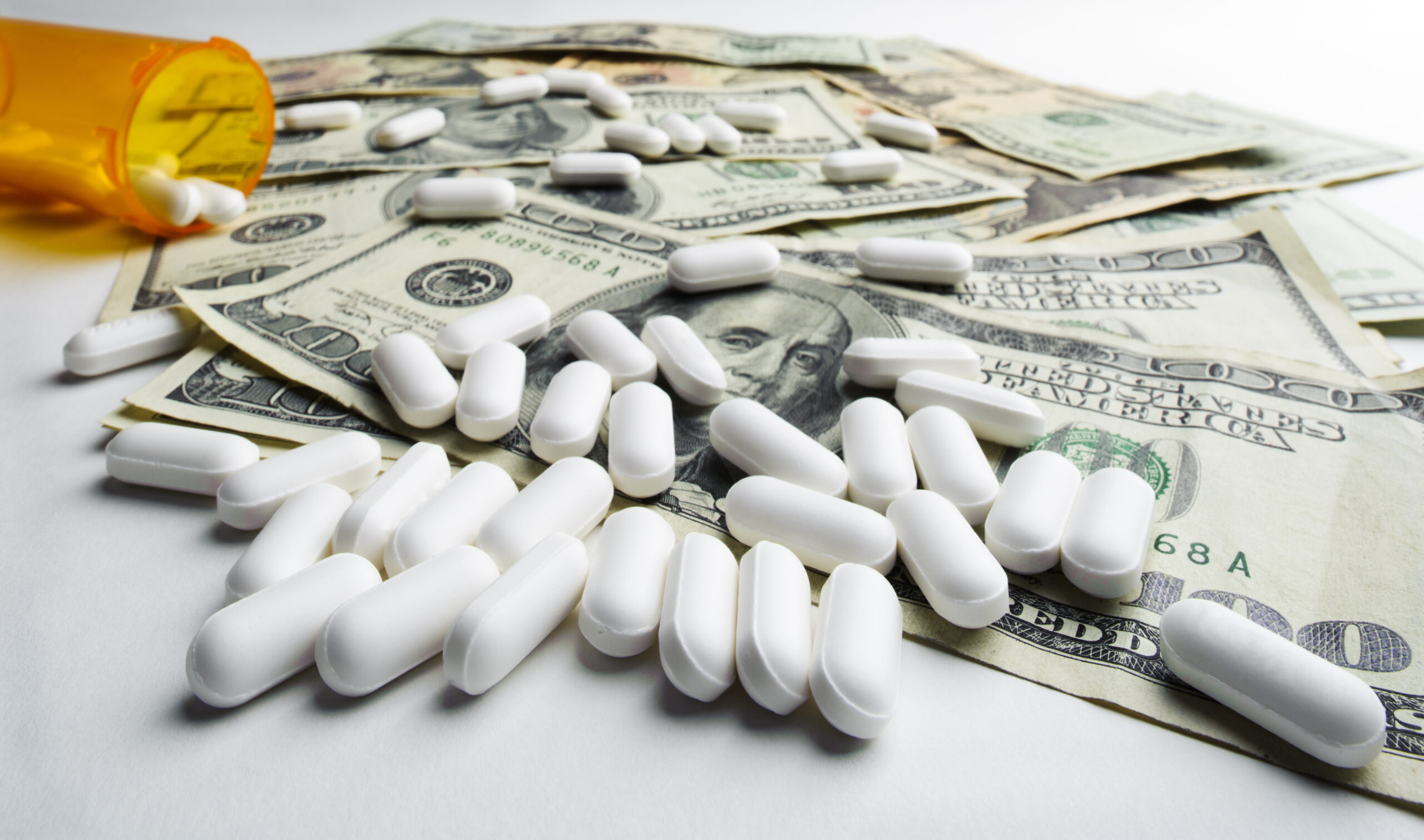© 2025 CSRXP- All Rights Reserved

BIG PHARMA EARNINGS WATCH: ELI LILLY, ROCHE NOVARTIS & PFIZER
Jan 30, 2020
Brand Name Giants Keep Good Times Rolling Thanks to Series of Price Hikes on American Patients
New fourth quarter earnings reports released this week from brand name giants Eli Lilly, Roche, Novartis and Pfizer demonstrate that out-of-control prescription drug prices paired with repeated price hikes continue to support big time profits for Big Pharma. All four drug companies boasted high sales off of blockbuster drugs for the final quarter of 2019.
Eli Lilly bested Wall Street expectations after hiking prices on blockbuster on a diabetes treatment.
- Eli Lilly reported higher than expected quarterly profits – up 33 percent.
- Revenue also rose5 percent to $6.11 billion, beating expectations or $5.91 billion.
- The company’s boosted profits were led by top-selling diabetes drug Trulicity. Sales of the drug rose over 30 percent to $1.21, surpassing analysts’ expectations.
Roche bested sales thanks to strong sales of cancer and multiple sclerosis drugs.
- Sales for the Swiss drug giant’s pharmaceutical division jumped 10 percent from last year to over $50 billion.
- Key growth drivers for the company included multiple sclerosis drugs Ocrevus, hemophilia medication Hemlibra and cancer drugs Tecentriq and Perjeta.
Novartis kept the good times rolling by growing sales this quarter.
- Sales for the Big Pharma giant jumped 13 percent to $12.7 billion.
- Novartis’ boasted sales were driven by block buster drugs, Zolgensma, Cosentyx and heart drug Enresto.
- Novartis’ sales of Zolgensma accounted for $186 million in sales for the company – topping analysts’ expectations of $177 million and up from $160 million in the previous quarter.
- Cosentyx, Novartis’ biggest drug, contributed $937 million and Entresto contributed $430 million.
Pfizer also reported strong earnings led by increased sales of new drugs.
- Pfizer reported $12.7 this quarter in revenue – topping analysts’ revenue expectations.
- Sales of Pfizer’s patent-protected medicines increased 7% to $10.5 billion.
- Top-selling blood-thinner drug Eliquis posted a 21% increase in Q4 sales to $1.1 billion, and breast-cancer drug Ibrance, posted a 13% in Q4 sales to $1.3 billion.
- Meanwhile, newly approved rare-disease drug Vyndaqel surpassed Wall Street expectations with $213 million in sales.
And while price-gouging American patients is keeping profits high for Pfizer, the introduction of a generic version to the company’s block buster pain medication Lyrica demonstrates how increased competition in the marketplace is working elsewhere to lower prices.
Sales of Lyrica dipped 67 percent this quarter after the drug began facing generic competition last year — providing patients with more affordable alternatives.
The strong earnings reports come as all four companies have continued to hike prices on their prescription drugs.
Eli Lilly
- Last year, Eli Lilly increased prices on over a dozen drugs – including top-selling diabetes drug Trulicity.
- This past summer, Eli Lilly also jacked up the price of three of its cancer drugs – Cyramza, Alimta and Erbitux.
- Eli Lilly is one of three companies that control 99 percent of the insulin market. In 1996, a 10-milliliter vial of Humalog cost $21, but today, the same vial costs patients $275.
Roche
- In the first week of the year, Roche hiked prices on 11 drugs.
- The Swiss company was one of several companies to raise prices on dozens of drugs this past July.
- Block-buster cancer drug Perjeta was named one of the top 25 drugs pushing costs up in Oregon.
- A reportreleased earlier this month found that Roche’s price hikes on the popular drug Rituxan were not supported by innovation or improvements and cost U.S. taxpayers $806 million.
Novartis
- Novartis rang in 2020 by hiking the prices of 17 drugs an average of 6.2 percent. And in 2019, the company increased the price of a whopping 58 drugs.
- The company hiked the price of its blockbuster drug Cosentyx in 2019 by a staggering 10 percent.
- And Novartis increased the price of Entresto in 2019 three times by an average of 10 percent.
- Meanwhile, Zolgensma, a drug used to treat spinal muscular atrophy is the world’s most expensive drug, at $2.13 million per patient.
Pfizer
- Pfizer has already hiked the prices of 126 drugs this year compared to 142 total drugs in 2019.
- Breakout drug Vyndaqel is estimated to “become among the most costly cardiovascular treatments ever,” according to the Institute for Clinical and Economic Review (ICER).
- Pfizer has already hiked the price of Eliquis by 6 percent and Ibrance by 5 percent this year.
- Pfizer raised the price of its blockbuster drug Xeljanz by 9.4 percent in 2019.
- Price hikes on Lyrica were not supported by new clinical evidence and accounted for an unnecessary increase in U.S. drug spending of nearly $700 million from 2017-2018 according to ICER.
These most recent earnings reports prove yet again that Big Pharma is more concerned with profits not patients.
Stay tuned as we continue to monitor Q4 earnings announcements from brand name drug makers over the coming weeks.
###
